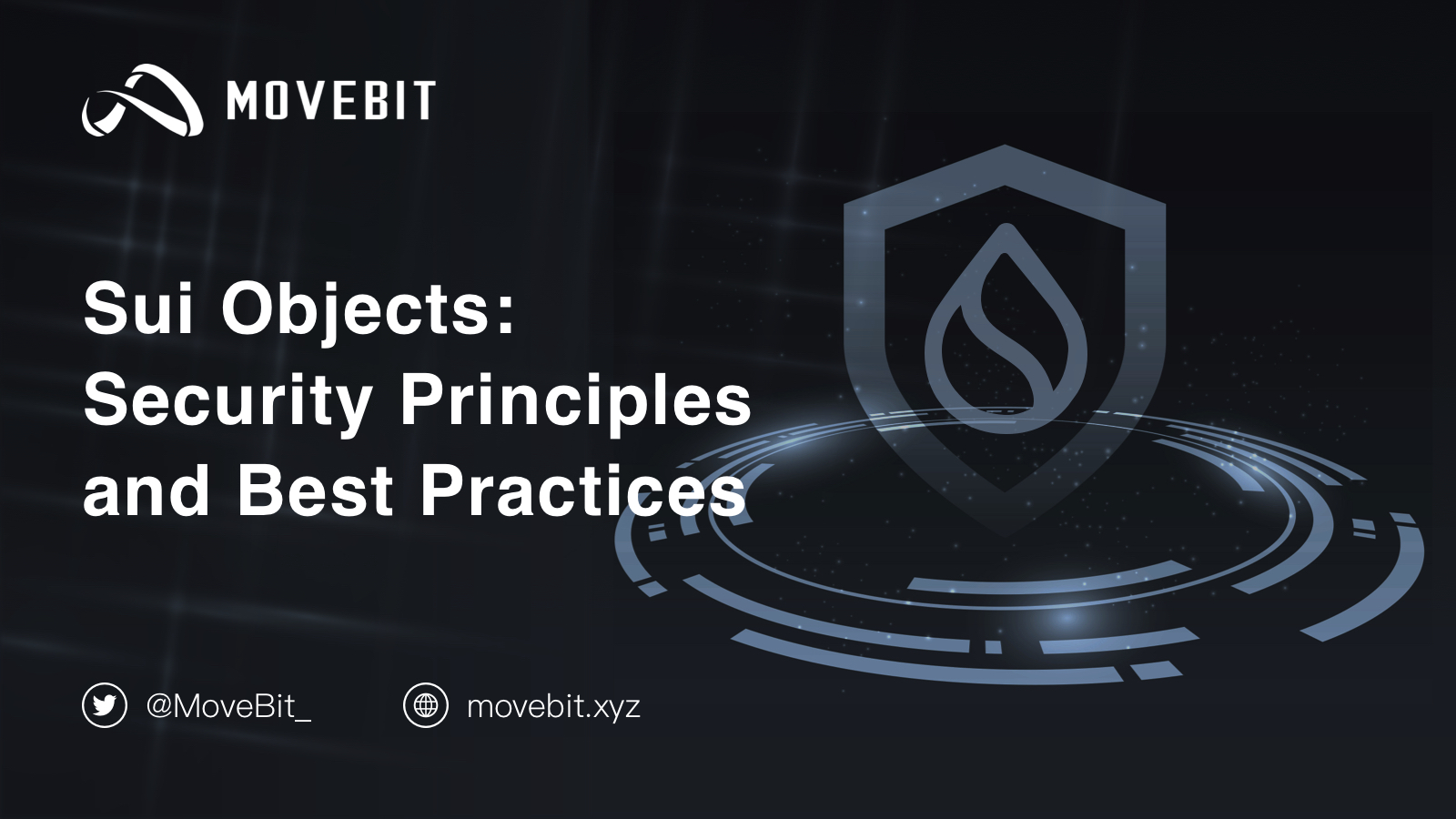Back
Objects
Sui
By HackQuest
Sep 3,20243 min readWelcome to the Web3 world, where digital finance and applications are shown in a revolutionary way through the fusion of blockchain technology, cryptocurrencies, and a pioneering spirit. Are you overwhelmed by the wealth of terms in the Web3 world that you don’t understand? Are those slang barriers for you to learn about Web3? Don’t worry! We’re here to explain the obscure terms to guide your learning. Today, we're diving into an innovative development in the world of Web3: objects.
Definition and Overview
In the context of the Sui blockchain, objects are the fundamental units of data storage and asset representation. Unlike traditional blockchains that store assets within user accounts or smart contract accounts, Sui uses an object-centric data model. This innovative approach redefines digital asset ownership by allowing objects to be independently defined, created, and managed by developers, with distinct attributes including ownership, stored directly on-chain.

Source : Sui
Technical Composition
Key Characteristics of Sui Objects
Sui objects have several essential characteristics that distinguish them from traditional blockchain assets:
1.Has Key: Each object must possess a unique key attribute, ensuring its distinct identity.
2.UID: Objects have a unique identifier (UID) for easy tracking and management.
3.Ownership: Ownership is a critical attribute, allowing objects to be controlled directly by their owners.
4.Object ID, Type, Version, and Last Transaction Digest Block: These attributes are visible when viewed on a blockchain explorer, providing transparency and traceability.
Objects can be dynamic, with their information fields updated over time, allowing them to accumulate value, context, and utility.

Source : MoveBit
Core Functions
Objects in Sui are designed to offer flexibility and efficiency in asset management. Their core functions include:
1.Creation: Developers can create objects using programmable smart contracts, defining their attributes and governing logic.
2.Ownership Transfer: Objects can be transferred between addresses, allowing for straightforward asset management.
3.Composability: Objects can be owned by other objects, enabling the creation of unique, composable assets.
4.Immutability: Certain objects can be made immutable, ensuring they remain unchanged over their lifetime.
Use Cases
The unique properties of Sui objects open up a wide range of use cases in the Web3 ecosystem:
1.NFTs: Objects can represent non-fungible tokens (NFTs), providing enhanced utility and flexibility compared to traditional NFT implementations.
2.Digital Collectibles: Developers can create and manage digital collectibles with dynamic attributes that evolve over time.
3.Composability: Objects can be combined to form new, composite assets, enabling innovative applications in gaming, finance, and more.
4.Direct Ownership: Users have direct control over their digital assets, allowing for greater security and autonomy.
Importance in Web3 Ecosystem
Sui objects are a significant innovation in the Web3 ecosystem for several reasons:
1.Enhanced Ownership: Users have direct ownership and control over their digital assets, reducing reliance on intermediaries.
2.Efficiency: By allowing transactions to be processed in parallel, Sui objects improve the throughput and latency of the blockchain.
3.Flexibility: Developers have greater flexibility in defining and managing digital assets, enabling new use cases and applications.
4.Transparency: The clear and traceable attributes of objects provide transparency and trust in asset management.
User Experience and Innovations
The object-centric model of Sui offers several user experience benefits:
1.Intuitive Asset Management: Users can easily manage and transfer their digital assets directly.
2.Dynamic Assets: The ability to update object attributes over time provides a more engaging and evolving asset experience.
3.Composite Assets: Users can create unique, composite assets by combining objects, offering new levels of customization and utility.
Challenges
Despite their advantages, Sui objects also present challenges:
1.Complexity: The flexibility and composability of objects can introduce complexity in asset management and smart contract development.
2.Security: Ensuring the security of direct ownership and composable assets requires robust smart contract design and auditing.
3.Interoperability: Integrating Sui objects with other blockchain ecosystems may present interoperability challenges.
Conclusion
Sui objects represent a significant advancement in the Web3 ecosystem, offering enhanced ownership, efficiency, and flexibility in digital asset management. By addressing the challenges and leveraging the unique properties of objects, developers, and users can unlock new possibilities and applications in the world of blockchain technology. As the Web3 ecosystem continues to evolve, Sui objects are poised to play a crucial role in shaping the future of digital finance and applications.
By understanding and embracing this innovative development, you can stay ahead in the rapidly changing landscape of Web3 and digital assets.